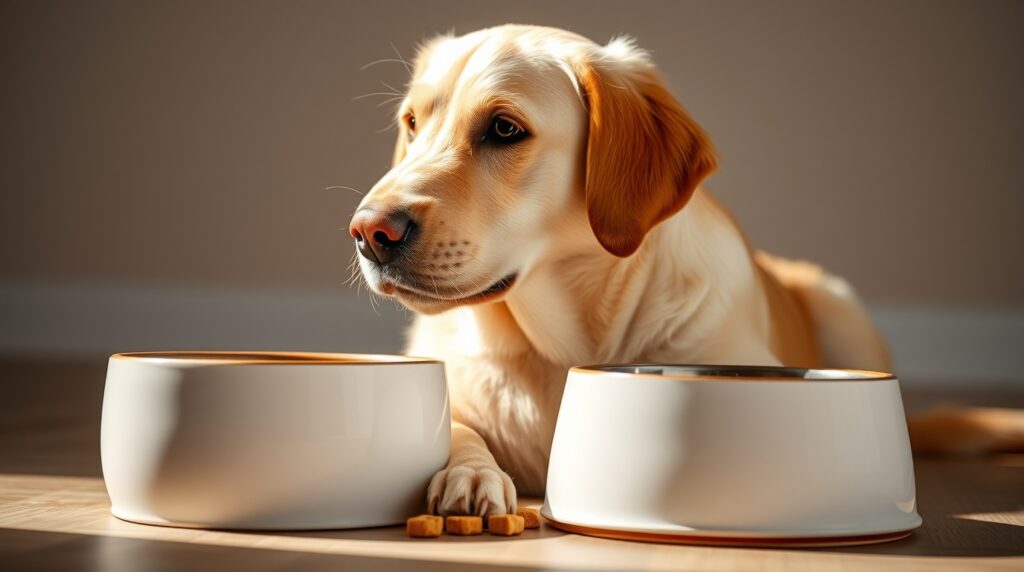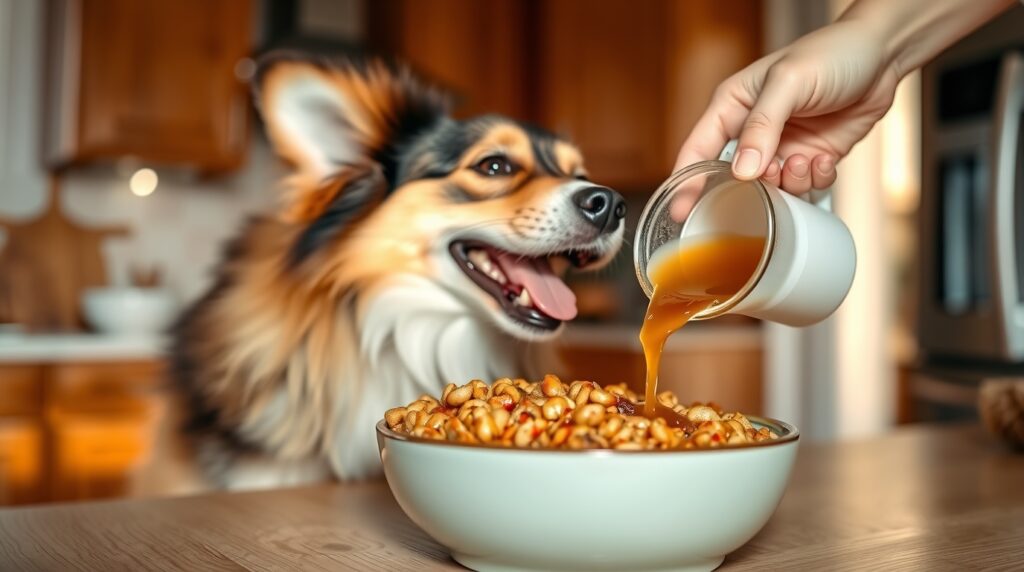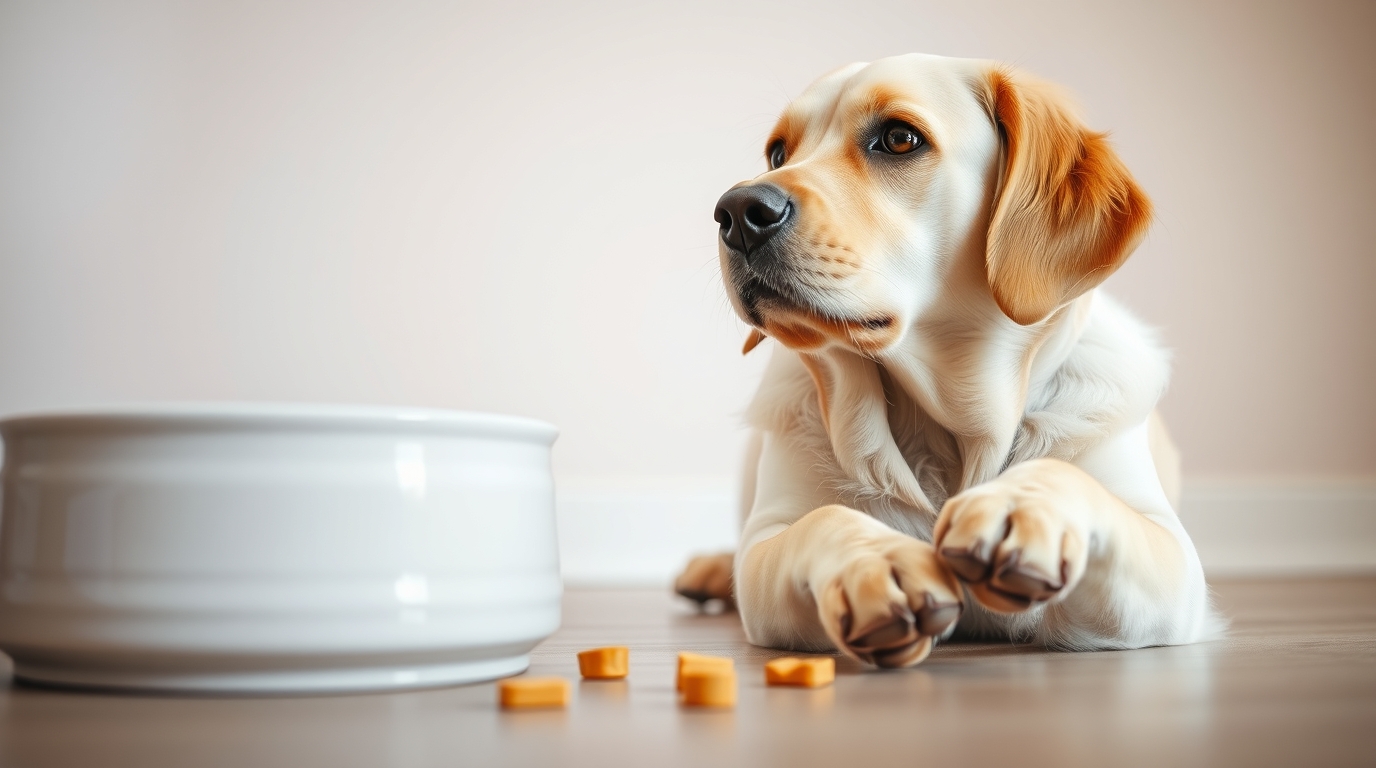It’s worrying when your dog suddenly refuses to eat his regular food but still jumps excitedly for treats. As a pet parent, it’s easy to assume he’s just being picky — but there’s often more to the story. If you’ve been asking yourself, “Why is my dog not eating his food but will eat treats?” you’re not alone. Many dog owners face this issue, and it can stem from behavioral habits, medical reasons, or even how you feed your dog.
In this complete guide, we’ll uncover why dogs eat treats but ignore food, how to identify the root cause, and what you can do to bring their appetite back to normal.
Why Is My Dog Not Eating His Food but Will Eat Treats?
Understanding Your Dog’s Eating Behavior
Dogs are creatures of habit, but they’re also incredibly smart. If your dog refuses his food but eagerly accepts treats, he might be sending a message. Sometimes, it’s a simple preference issue , treats taste better. Other times, it could signal an underlying health or emotional issue.
To understand the behavior, it’s essential to break it down into three main categories: medical issues, behavioral habits, and environmental factors.
1. Medical Reasons Why Your Dog Isn’t Eating Food
When a dog suddenly stops eating his food, a health problem should always be the first thing to consider. Even though he might still eat treats, it doesn’t mean he feels completely fine.
a. Dental Pain or Oral Discomfort
If your dog has sore gums, tooth decay, or an infected tooth, chewing hard kibble can be painful. Treats are often softer or easier to chew, which is why dogs with dental issues might still eat them.
What to do: Check for bad breath, drooling, pawing at the mouth, or blood on toys. Visit your vet for a dental exam. Switching to soft or wet dog food may also help temporarily.
b. Digestive Problems
Gastrointestinal issues like nausea, acid reflux, or upset stomach can make dogs avoid regular food. Treats, especially if they smell stronger or are smaller, might still be tolerable.
What to do: Monitor for vomiting, diarrhea, or bloating. Feed smaller meals and avoid fatty foods. Consult your vet if symptoms persist for more than 24–48 hours.
c. Infections or Illness
Dogs can lose their appetite when battling infections, fever, or internal pain. The energy from treats might be enough to keep them going, but regular meals may feel too heavy.
What to do: Check for lethargy, fever, or sudden weight loss. If your dog’s behavior changes drastically, seek immediate veterinary care.
d. Aging or Health Conditions
Senior dogs and those with chronic illnesses like kidney disease or arthritis often experience appetite loss. Some medications can also make food unappealing.
What to do: Consult your vet about diet changes or appetite stimulants. Senior-specific dog foods are often easier to digest and more palatable.
2. Behavioral Causes: Is Your Dog Just Being Picky?

If your vet rules out medical issues, the reason could be behavioral. Dogs are quick learners — and sometimes, they train you instead of the other way around!
a. Learned Behavior from Treats
If you’ve been giving your dog too many treats or using them to tempt him to eat, he may have learned that ignoring his food earns him tastier rewards.
What to do: Limit treats to training sessions only. Avoid using them to replace meals.
b. Food Boredom
Just like humans, dogs can get bored of the same food every day. Kibble can lose its appeal if it’s been stored too long or lacks strong aroma.
What to do: Rotate protein sources (chicken, lamb, salmon), or mix in a spoon of wet food or broth for extra flavor.
c. Stress or Anxiety
Changes in environment, travel, new pets, or loud noises can cause stress and appetite loss.
What to do: Maintain a calm feeding space. Keep a consistent routine and avoid feeding in noisy or busy areas.
d. Overfeeding with Snacks
Frequent treats can fill your dog up before mealtime. Even small snacks throughout the day add up, leaving no room for real meals.
What to do: Track all calories your dog eats daily. Treats should never exceed 10% of total calorie intake.
3. Environmental and Feeding Factors
Your dog’s surroundings and feeding setup can also influence his eating habits.
a. Uncomfortable Feeding Area
Some dogs don’t like eating in noisy or crowded places. Others dislike certain bowls (metal reflections or noise can be off-putting).
What to do: Try feeding in a quiet corner, and use a non-slip, ceramic bowl.
b. Temperature and Food Freshness
Dogs have sensitive noses. If the food smells stale or is served cold, they might refuse it.
What to do: Warm food slightly before serving and ensure dry food is stored in an airtight container.
c. Recent Changes in Routine
New schedules, visitors, or travel can cause dogs to temporarily lose appetite.
What to do: Be patient and stick to a predictable feeding routine.
4. How to Get Your Dog to Eat His Food Again

If your dog only eats treats but not food, don’t panic. Here are some practical tips to bring back his appetite:
a. Establish a Strict Feeding Routine
Feed your dog at the same time every day. Leave food down for only 15–20 minutes. If he doesn’t eat, remove it and offer it again at the next meal. This teaches him to eat when it’s offered.
b. Make the Food More Appealing
Add warm water, chicken broth, or a small spoon of wet food to enhance flavor and aroma. Avoid seasoning or human food additives like salt or onion, which are harmful to dogs.
c. Limit Treats
Cut back on treats entirely for a few days. This helps reset your dog’s taste preferences. When you reintroduce treats, use them only for training.
d. Try a Different Food Type
Switching from dry kibble to wet or fresh food can rekindle interest. Always transition gradually over 5–7 days to avoid stomach upset.
e. Add Variety Without Overdoing It
Rotate between a few high-quality brands or protein types. Dogs appreciate subtle variety, but drastic daily changes can confuse their stomachs.
f. Ensure Proper Exercise
A bored or inactive dog is less likely to have a healthy appetite. Regular walks and playtime stimulate metabolism and hunger.
g. Monitor Portion Sizes
Make sure you’re feeding the right amount for your dog’s breed, age, and activity level. Overly large portions can be intimidating or unappealing.
5. When to Worry and Visit the Vet
You should contact your veterinarian if:
- Your dog hasn’t eaten for more than 24 hours.
- He’s vomiting, lethargic, or showing signs of pain.
- His weight drops suddenly.
- There’s blood in vomit, stool, or drool.
- He refuses food even after removing treats for several days.
Persistent appetite loss can indicate serious health conditions like infections, liver disease, dental abscesses, or gastrointestinal blockages.
6. Preventing Future Food Refusal
To ensure your dog maintains a healthy appetite long-term, follow these preventive steps:
- Feed high-quality, protein-rich dog food.
- Keep a consistent feeding schedule.
- Avoid excessive human food or table scraps.
- Reward with affection instead of treats when possible.
- Visit your vet regularly for check-ups and dental care.
A healthy feeding pattern prevents pickiness and keeps your dog’s digestive system functioning optimally.
7. Bonus Tip: The “Tough Love” Approach
If your dog is healthy and simply being picky, you might need a bit of tough love. Stop offering treats or table food. Present only the meal twice a day. Eventually, hunger will motivate your dog to eat what’s available. Dogs won’t intentionally starve themselves if they’re healthy — they’ll adapt.
Consistency is key. Stay patient and firm; once your dog learns that refusing food doesn’t earn treats, his mealtime habits will normalize.
Conclusion
If you’re wondering, “Why is my dog not eating his food but will eat treats?” — the answer lies in understanding his body, habits, and emotions. Dogs are intelligent and sensitive creatures; their eating patterns can tell you a lot about their health and happiness.
Start by ruling out medical issues with a vet check. Then, evaluate your feeding routine, environment, and treat habits. A balanced diet, consistency, and a calm feeding environment can bring your dog’s appetite back on track.
By focusing on quality nutrition and smart feeding discipline, you’ll ensure your furry friend stays happy, healthy, and eager to enjoy every meal again.
Also Read:


